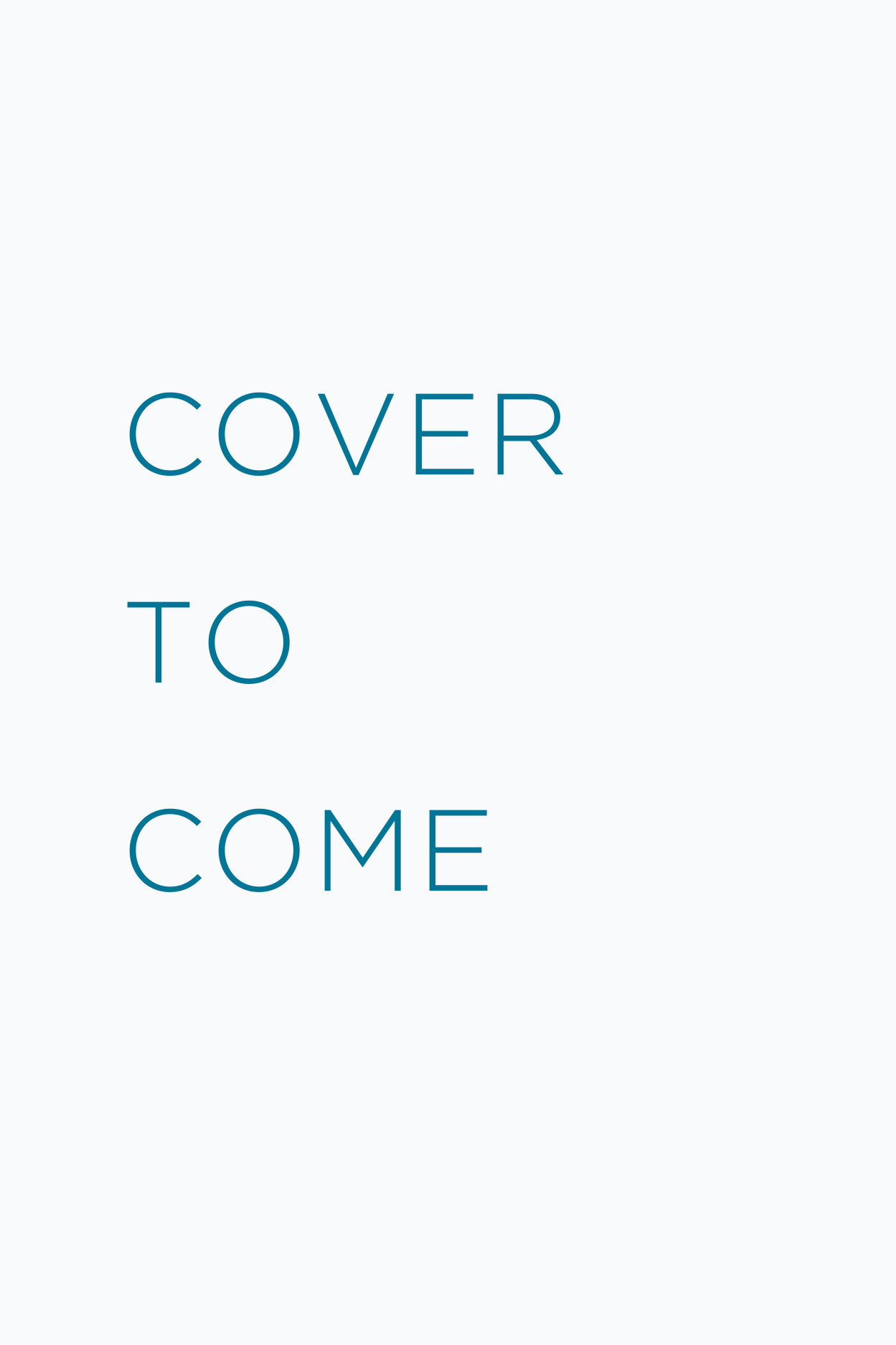A complete guide to the works of Chicago architect Bertrand Goldberg.
Marina City is a Chicago architecture icon. The loss of Prentice Women’s Hospital, located just a few blocks away and demolished in 2013, is still mourned; the debate around its preservation brought in testimonials from the architectural community worldwide. Their architect, Bertrand Goldberg (1913–97), has many fans in Chicago, but his work as a whole has rarely escaped the city’s gravitational pull.
Bertrand Goldberg: Projects 1932–1997 deeply engages with Goldberg’s inspiring body of work and thinking. Goldberg is emblematic of architects who set out to study at modernist schools like the Bauhaus and then returned home to find productive practices that both extended and challenged modernist ideals in specific contexts. The volume constitutes the first monograph exploring Goldberg’s complete work. It is a scholarly guidebook to his practice, based on a range of archival materials that allow readers to encounter his built work from new angles and discover less-known, unrealized, and speculative projects. It brings to the fore the simultaneous mix of scales and concerns—urban, social, technological, typological, formal, material—that makes his oeuvre so distinctive. At the same time, it offers a rich source of architectural ideas on the current topics of housing, health, and urban life.
Bertrand Goldberg: Projects 1932–1997 will enable wider study and appreciation of his inventive architecture—and create new fans around the world, just as ardent as those in his hometown.
Marina City is a Chicago architecture icon. The loss of Prentice Women’s Hospital, located just a few blocks away and demolished in 2013, is still mourned; the debate around its preservation brought in testimonials from the architectural community worldwide. Their architect, Bertrand Goldberg (1913–97), has many fans in Chicago, but his work as a whole has rarely escaped the city’s gravitational pull.
Bertrand Goldberg: Projects 1932–1997 deeply engages with Goldberg’s inspiring body of work and thinking. Goldberg is emblematic of architects who set out to study at modernist schools like the Bauhaus and then returned home to find productive practices that both extended and challenged modernist ideals in specific contexts. The volume constitutes the first monograph exploring Goldberg’s complete work. It is a scholarly guidebook to his practice, based on a range of archival materials that allow readers to encounter his built work from new angles and discover less-known, unrealized, and speculative projects. It brings to the fore the simultaneous mix of scales and concerns—urban, social, technological, typological, formal, material—that makes his oeuvre so distinctive. At the same time, it offers a rich source of architectural ideas on the current topics of housing, health, and urban life.
Bertrand Goldberg: Projects 1932–1997 will enable wider study and appreciation of his inventive architecture—and create new fans around the world, just as ardent as those in his hometown.
272 pages | 250 color plates, 50 halftones | 9.06 x 11.02 | © 2026
Architecture: American Architecture

